The D Programming Language(目录)
Table of Contents
Copyright
Preface
Chapter 1. “D”iving In
Section 1.1. Numbers and Expressions
Section 1.2. Statements
Section 1.3. Function Basics
Section 1.4. Arrays and Associative Arrays
Section 1.5. Basic Data Structures
Section 1.6. Interfaces and Classes
Section 1.7. Values vs. References
Section 1.8. Templates
Section 1.9. Closing Notes
Chapter 2. Basic Types. Expressions
Section 2.1. Symbols
Section 2.2. Literals
Section 2.3. Implicit Conversions
Section 2.4. Operators
Section 2.5. Summary
Chapter 3. Statements
Section 3.1. The Empty Statement
Section 3.2. The Expression Statement
Section 3.3. The Compound Statement
Section 3.4. The if Statement
Section 3.5. The static if Statement
Section 3.6. The switch Statement
Section 3.7. The final switch Statement
Section 3.8. Looping Statements
Section 3.9. The goto Statement
Section 3.10. The with statement
Section 3.11. The return statement
Section 3.12. The throw and try statements
Section 3.13. The scope statement
Section 3.14. The synchronized statement
Section 3.15. The asm statement
Section 3.16. Summary and Quick Reference
Chapter 4. Arrays, Associative Arrays, and Strings
Section 4.1. Dynamic Arrays
Section 4.2. Fixed-Size Arrays
Section 4.3. Multidimensional Arrays
Section 4.4. Associative Arrays
Section 4.5. Strings
Section 4.6. Summary
Chapter 5. Data and Functions. Functional Style
Section 5.1. Writing and unittesting a Simple Function
Section 5.2. Pass by Value vs. Reference
Section 5.3. Type Parameters
Section 5.4. Signature Constraints
Section 5.5. Overloading
Section 5.6. Higher-Order Functions. Function Literals
Section 5.7. Nested Functions
Section 5.8. Closures
Section 5.9. Beyond Arrays. Ranges. Pseudo-Members
Section 5.10. Variadic Functions
Section 5.11. Function Attributes
Section 5.12. Compile-Time Evaluation
Chapter 6. Classes. Object-Oriented Style
Section 6.1. Classes
Section 6.2. Object Names Are References
Section 6.3. It’s an Object’s Life
Section 6.4. Methods and Inheritance
Section 6.5. Class-Level Encapsulation with static Members
Section 6.6. Curbing Extensibility with final Methods
Section 6.7. Encapsulation
Section 6.8. One Root to Rule them All
Section 6.9. Interfaces
Section 6.10. Abstract Classes
Section 6.11. Nested Classes
Section 6.12. Multiple Inheritance
Section 6.13. Multiple Subtyping
Section 6.14. Parameterized Classes and Interfaces
Chapter 7. Other User-Defined Types
Section 7.1. structs
Section 7.2. unions
Section 7.3. Enumerated Values
Section 7.4. alias
Section 7.5. Parameterized Scopes with template
Chapter 8. Error Handling
Section 8.1. throwing and catching
Section 8.2. Types
Section 8.3. finally clauses
Section 8.4. nothrow Functions
Section 8.5. Collateral Exceptions
Section 8.6. Stack Unwinding and Exception-Safe Code
Section 8.7. Uncaught Exceptions
Chapter 9. Contract Programming
Section 9.1. Contracts
Section 9.2. Assertions
Section 9.3. Preconditions
Section 9.4. Postconditions
Section 9.5. Contracts: Not For Scrubbing Input
Section 9.6. Invariants
Section 9.7. Skipping Contracts. Release Builds
Section 9.8. Contracts and Inheritance
Section 9.9. Contracts in Interfaces
Chapter 10. Scaling Up
Section 10.1. Packages and Modules
Section 10.2. Safety
Section 10.3. Module Constructors and Destructors
Chapter 11. Operator Overloading
Bibliography


























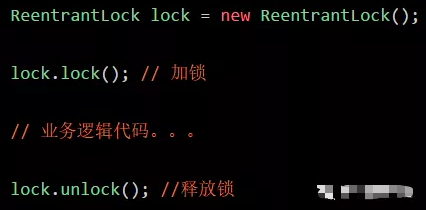
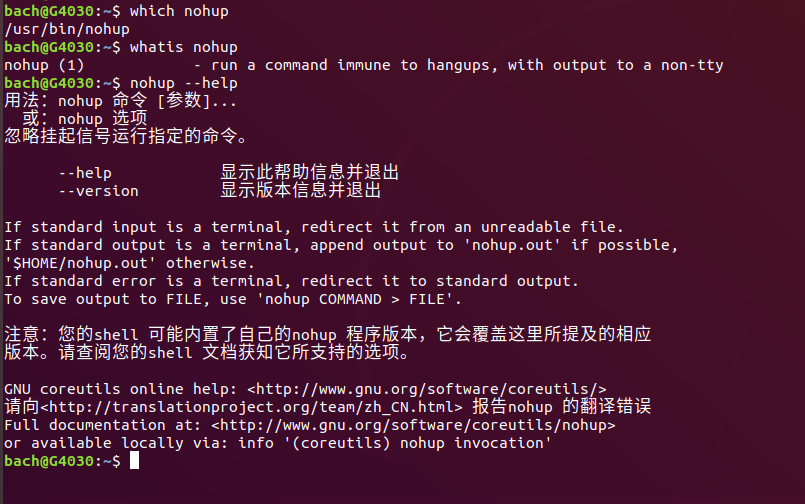

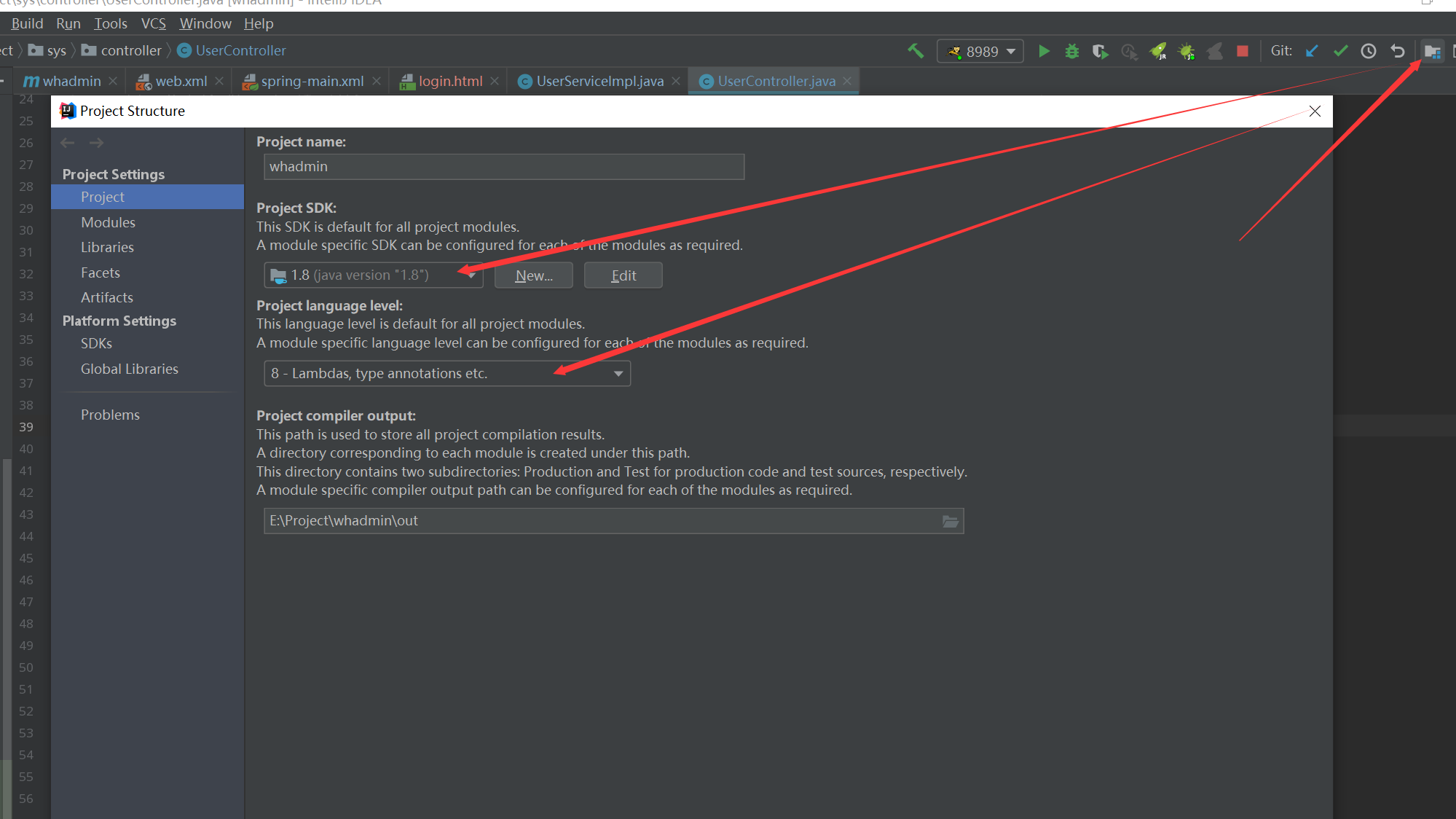
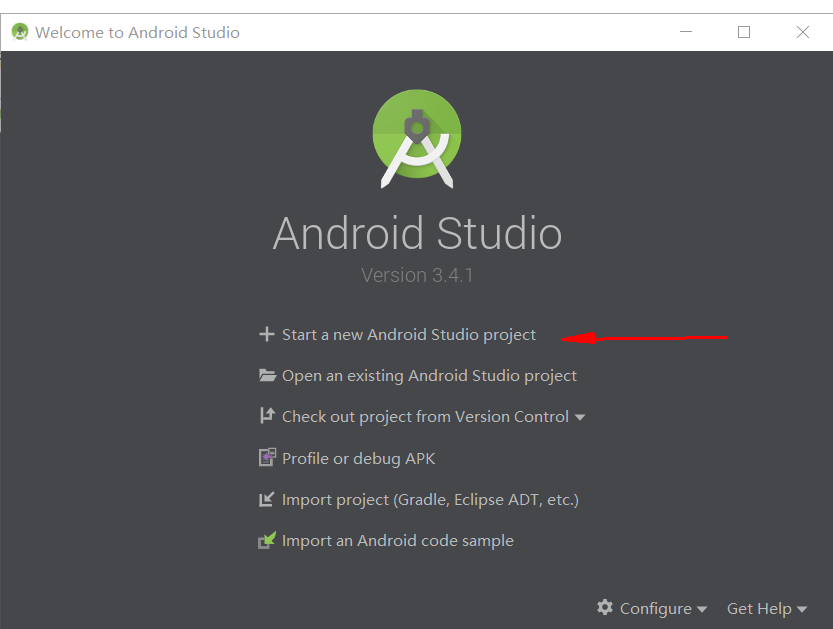
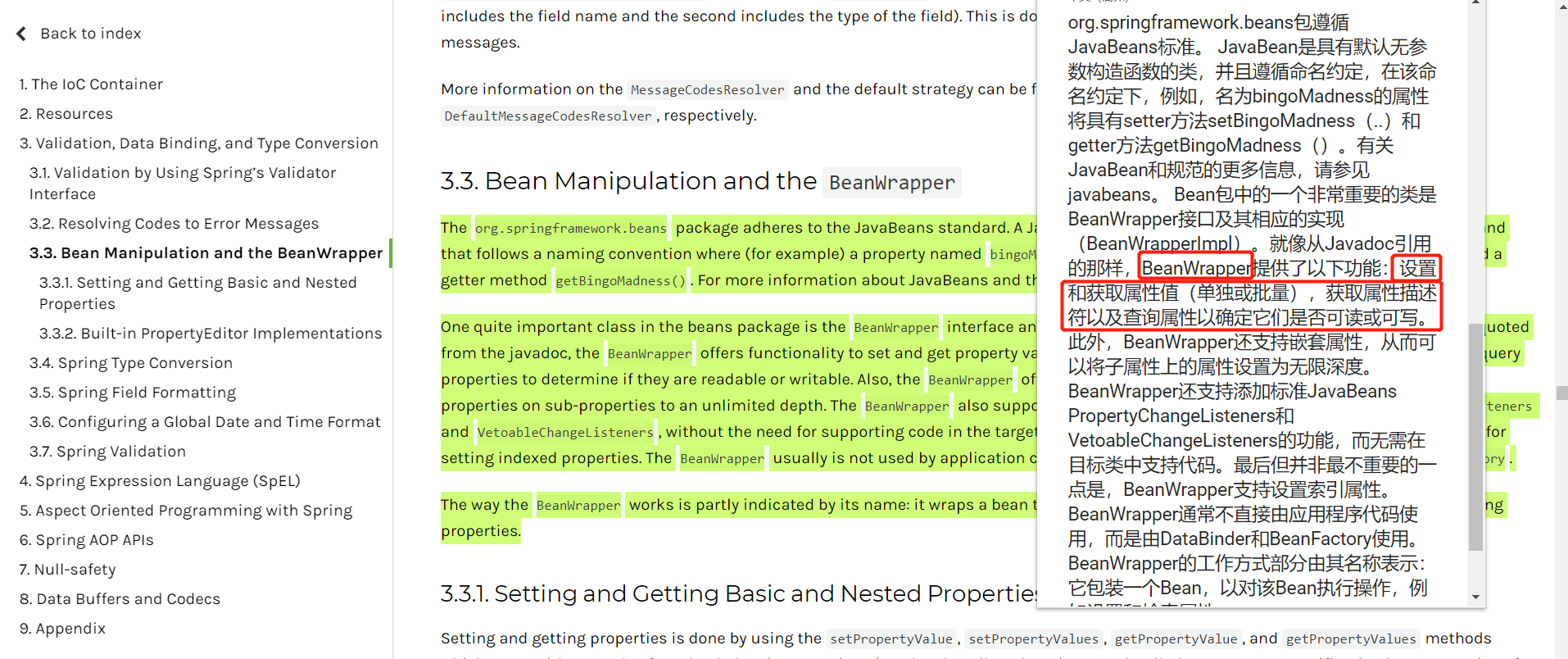



还没有评论,来说两句吧...